He also acknowledged the expansion of Microsoft Store to include more "traditional" desktop applications. If your existing Windows 10 PC is running Windows 10 20H1 or later and meets the minimum hardware specificationsit will be able to upgrade to Windows 11. The upgrade rollout plan is still being finalized, but for most devices already in use today, we expect it to be ready sometime in early 2022. Not all Windows 10 PCs that are eligible to upgrade will be offered to upgrade at the same time.
To see if your PC is eligible to upgrade, refer to our knowledge base for a list of tested systems. Once the upgrade rollout has started, you can check if it is ready for your device by going to Settings/Windows Updates. Similar to how end users are notified when updates are available in Windows 10, end users will see an indication in the notification areas of the taskbar in the bottom right, that the upgrade is available. More information on how that is presented will be available at a later date. Additional desktop notification options may be also be added at a later date.
Original equipment manufacturers can still ship computers without a TPM 2.0 coprocessor upon Microsoft's approval. Some third-party software may refuse to run on unsupported configurations of Windows 11. Windows 11 has higher technical requirements than Windows 10, is possible to install Windows 11 on devices that don't meet the minimum requirements.
Upgrading unsupported hardware to Windows 11 will require you to install the update manually using an ISO. There is a different set of minimum minimum requirements your PC will have to meet including 4GB of RAM, 64GB of storage space, and two-core 64-bit 1 GHz processor. If you have a computer running Windows 7, it is possible to upgrade to Windows 11 without losing your files using the ISO file, but the process will require a complete reinstallation. This means that your apps and settings won't carry over to the new installation. However, before you upgrade to Windows 11 from Windows 7, you will still need to make sure the laptop or desktop meets the minimum system requirements. For example, the device must include a motherboard with UEFI firmware, and the processor must be an Intel's 8th Gen or newer or an AMD Zen 2 or newer.
This is in addition to the requirements of TPM 2.0 and Secure Boot and a minimum of 64GB of storage and 4GB of RAM. Internet Explorer has been replaced by the Chromium-based Microsoft Edge as the default web browser, and Microsoft Teams is integrated into the Windows shell. Microsoft also announced plans to allow more flexibility in software that can be distributed via Microsoft Store, and to support Android apps on Windows 11 .
As before, Microsoft doesn't recommend installing Windows 11 on a device that doesn't meet the system requirements — though you can still do so. One thing to keep in mind is you might not get updates on a PC with an unsupported processor. When Microsoft first released Windows 11 on October 4th, the company said it expected it would offer the upgrade to all eligible devices by mid-2022. Navigate to the downloaded Windows 11 ISO file, and select it. Rufus will populate the rest of the settings, which you have to change according to your system of choice.Under the Image Options label, select Extended Windows 11 in installation (no TPM / no Secure Boot).
You should see the Target System label reflect your BIOS Mode as you switch the Partition Scheme.If you have a rather old 64-bit system you're attempting this on, check the Add fixes for old BIOSes option. Your final Rufus screen should look something like this. Run the program then follow the on-screen instructions to create your installation media and run the Windows 10 installation process. You'll also have to install Windows updates, reinstall your apps, and restore your backup files, so set aside a solid chunk of time before you update. The official, release version of Windows 11 is now available as a free upgrade to anyone who has Windows 10 and a PC that meets Microsoft's minimum hardware requirements. However, the Redmond software giant isn't pushing the upgrade to every eligible system at once.
Some users will be offered the option to upgrade in their Settings menu on or around the October 5th official launch date while others may be waiting until 2022. Citing security considerations, the system requirements for Windows 11 were increased over Windows 10. While the OS can be installed on unsupported processors, Microsoft does not guarantee the availability of updates.
Windows 11 also drops support for 32-bit x86 CPUs and devices which use BIOS firmware. At least 16GB of RAM The basic system requirements of Windows 11 differ significantly from Windows 10. Windows 11 only supports 64-bit systems such as those using an x86-64 or ARM64 processor; IA-32 processors are no longer supported. Thus, Windows 11 is the first ever consumer version of Windows not to support 32-bit processors and 16-bit software .
The minimum RAM and storage requirements were also increased; Windows 11 now requires at least 4GB of RAM and 64GB of storage. S mode is only supported for the Home edition of Windows 11. The compatibility list includes the Intel Core i7-7820HQ, a seventh-generation processor used by the Surface Studio 2, although only on devices that shipped with DCH-based drivers. As part of the minimum system requirements, Windows 11 only runs on devices with a Trusted Platform Module 2.0 security coprocessor.
According to Microsoft, the TPM 2.0 coprocessor is a "critical building block" for protection against firmware and hardware attacks. In addition, Microsoft now requires devices with Windows 11 to include virtualization-based security , hypervisor-protected code integrity , and Secure Boot built-in and enabled by default. The operating system also features hardware-enforced stack protection for supported Intel and AMD processors for protection against zero-day exploits. In October 2019, Microsoft announced "Windows 10X", a future edition of Windows 10 designed exclusively for dual-touchscreen devices such as the then-upcoming Surface Neo. Legacy Windows applications would also be required to run in "containers" to ensure performance and power optimization.
Microsoft stated that it planned to release Windows 10X devices by the end of 2020. As per the tech giant, unsupported hardware may experience more Blue Screen of Death errors than devices that meet the requirements. Microsoft is promising a 99.8% crash-free experience for supported hardware, thanks to the new drivers and modern driver update management. Apart from this, Windows 11 also offers what Microsoft calls the Desktops feature that gives the user the ability to set up and manage multiple iterations of your desktop. It's a simple and easy feature to use, which when gotten used greatly improves ease of use.
This can be accessed by going to this new icon that all Windows users of the past will instantly notice on their home screens. This Task View button sits alongside the Start button and looks like contrasting windows over one another. Hover your pointer over it, and you'll see a small preview of all the desktops you have open, as well as the option to set up a new one. There are many users who, after the release of Windows 11, went ahead and checked whether their PC is eligible to be upgraded with Windows 11. Sadly, they found out that their PC does not meet the minimum requirements to install Windows 11.
In this case, the question arises what options are left then? To put it simply, the best option here is to buy a new PC before the deadline, i.e. 2025. Microsoft has started a months-long process of releasing Windows 11 to over a billion devices, but this doesn't mean Windows 10 won't be supported.
Windows 11 Upgrade From Windows 10 Price The operating system isn't only set to receive a major feature update in the next few weeks, but it will continue to receive cumulative updates until at least 2025. One of the most valuable features of Windows 10 is Timeline. It allows users to view and track 30 days of activity on their desktop or laptop from all the devices signed in to their Microsoft account. The Windows Timeline displays all the apps accessed and organizes them in tiles arranged according to days. It is like a recent apps section for Windows 10 users, which also allows users to jump back to an app.
However, Microsoft decided to remove the feature entirely in Windows 11. Another Windows 10 feature that did not make it to the final build of Windows 11 is the Tablet Mode, which helped to use the operating system on touchscreen devices. Windows 10 is a perfectly fine operating system, but if you choose to install Windows 11 on an unsupported PC, you may not receive security updates from the company. In a new support document, Microsoft confirmed that devices failing to meet these requirements will not be guaranteed to receive updates. Microsoft has an official support page that details its stance on installing Windows 11 on unsupported hardware.
Windows 11 is still very early and hasn't been tested enough to determine if there will be any crippling compatibility issues if you run it on unsupported hardware. It is safe to assume that this is a potential problem you may face. Microsoft also says that if you install Windows 11 on unsupported hardware, your system loses the guarantee of system updates, including but not limited to security updates. Upgrades to Windows 11 will begin to roll out late in 2021 and continue into 2022. During this time, we will be doing some behind the scenes testing and validating for your specific PC. Windows Update will provide an indication if and when your PC is eligible.
You can check to see by going to Settings/Windows Update. There is a way to install Windows 11 on unsupported hardware, but we wouldn't recommend it. Although Microsoft hasn't confirmed it, the company has heavily implied that unsupported users won't receive critical security updates.
If you still want to install, you can do so using the Media Creation Tool, which bypasses hardware checks. A few months ago Microsoft released the new Media Player app for Windows 11. Till now, the app was only available for Windows 11 users who were enrolled in the Dev Channel of the Windows Insider program. Now, as per a report by WindowsLatest, the company has also started to roll out the app for more users. According to the report, the company has set the software requirement needed for the app to Windows 11 Build with an update, which means users can now install the app directly from the Microsoft store. If you right-click on the taskbar, you now see just one option that lets you enter the taskbar settings, instead of the plethora of options in previous versions of Windows.
However, this means you cannot reposition the taskbar to either side or the top of your screen anymore with Windows 11, which is kind of a bummer. The Start button follows all the new design fundamentals of Windows 11 with rounded corners, colourful icons, pinned apps, and a huge search bar. The search button feels more useful and responsive compared to Windows 10's version. If you hover over the icon, it will show you your most recent searches, which could save you some time. The Start Menu has been redesigned to list all of your apps in a more systematic and organized manner, and you can of course pin apps that you use frequently. There's a Recommended section, wherein you can find recently accessed files and folders.
The Start Menu has been designed to be consistent with the frosted glass theme that you'll see throughout Windows 11, and it looks good. These were the animated squares you could see whenever you opened the Start menu in Windows 10. They were implemented to show you live updates for apps such as Weather, Calendar, etc, but that functionality has been moved elsewhere – more on that later.
After the announcement of the launch of Windows 11, there was a lot of fuss about the devices that could support it. Windows 11 officially requires a Trusted Platform Module 2.0, UEFI, and Secure Boot in order to run on a machine, and if yours doesn't meet those requirements, you will not be able to install it. The easiest way to check whether your hardware is eligible is by installing Microsoft's own PC Health Check application. Windows 11 will be provided as a free update to all eligible devices that are currently running Windows 10. Eligibility for automatic upgrade is based on certain minimum hardware requirements.
Many games that use Anti-cheat tools also have started relying on Windows 11 security features to provide fair gameplay. While these games still work on Windows 10, it is only a matter of time before Windows 11 ends up becoming a requirement. Once that's done, you should also head to Windows Update in the new Settings app and check for updates there to ensure you have the latest drivers designed for Windows 11. The rest of the process is just like any regular old bootable USB installation. Attach the USB drive to the system you want to upgrade to Windows 11, and boot it up. You can now boot into the Windows 11 bootable USB by bringing up your Boot device menu by pressing the boot options key specific to your system.
It's usually the Delete key or one of the function keys. You can look up the key binding specific to your system. Once the boot device menu shows up, select the USB drive, and follow the Windows 11 installation setup. Once the installation is complete, you should find all of your files and applications in the same place you left them before the update. Some may sport a new look (those rounded edges on apps and folders look nice, don't they?) but everything should function as you remember. Windows 11 SE was announced on November 9, 2021, as an edition exclusively for low-end devices sold in the education market, and a successor to Windows 10 S.
It is bundled with applications such as Microsoft Office for Microsoft 365, Minecraft Education Edition, and Flipgrid, while OneDrive is used to save files by default. Windows 11 SE does not include Microsoft Store; third-party software is provisioned or installed by administrators. You can refer to our knowledge base for a list of tested systems to determine if your device eligible to upgrade to Windows -11. Many PCs that are less than four years old will be able to upgrade to Windows 11.
They must be running 20H1 or later version of Windows 10 and meet the minimum hardware requirements to receive the Windows 11 upgrade. Let's understand how to fix Windows update issues for Windows 11. The basic troubleshooting steps to fix the Windows updates issues for Windows 11 are shared in this document.
Most of the update issues are solved by just restarting the Windows 11 PC. Windows 11 upgrade is possible only when your PC meetsminimum hardware requirements. The second feature here is DirectStorage that promises to greatly enhance the gaming experience by cutting downloading times of games. This appears to be an extension of the attempts being made by Microsoft with the Xbox Series X/S consoles where it has used clever tricks to greatly improve load times of games. However, do note that this feature will only be available on select games that support DirectStorage API on a PC with an NVMe SSD and a GPU that supports DirectX12 Ultimate.
These desktops can be given a different name, however, since the feature is more cosmetic in nature than anything, you see the different desktops access the same files on your PC. But in our time using the operating system, this feature didn't exactly work as I had expected. While you can set different wallpapers for each desktop, when it came to customisation, we realised that folders and shortcuts to apps remained shared between desktops. Interestingly though, it does not duplicate apps and windows on all desktops. Now you need to look at these details carefully so that you can either update or upgrade to these Win11 System requirements in order to run it smoothly. Even after having all these system requirements, your PC has errors for installing windows 11 then install the PC health check App tool from the Microsoft website.
It will help you to look for unresolved issues with your PC and give you a pop-up about the bugs and errors. A Microsoft account is mandatory to access all features. One of the most common reasons Windows 11 won't install, is because your PC doesn't meet the minimum hardware requirements and is not compatible. The taskbar now also gives you access to widgets, which I personally am not a big fan of. These basically show quick updates from apps and services, somewhat replacing Live Tiles. The News widget shows current events from across the world of politics, finance, sports, technology, etc.
This was made available in recent versions of Windows 10 as well. However, it has a different appearance here and it also shows up from the left side of your screen instead of the bottom right. And taskbar, which sits centered at the bottom of the screen. The update even patches out a registry edit trick that restores the old layout. The new start menu doesn't look bad, per se, but many users are unhappy with the change. If your existing Windows 10 PC is running Windows 10 20H1 or later and meets the minimum hardware specifications it will be able to upgrade to Windows 11.

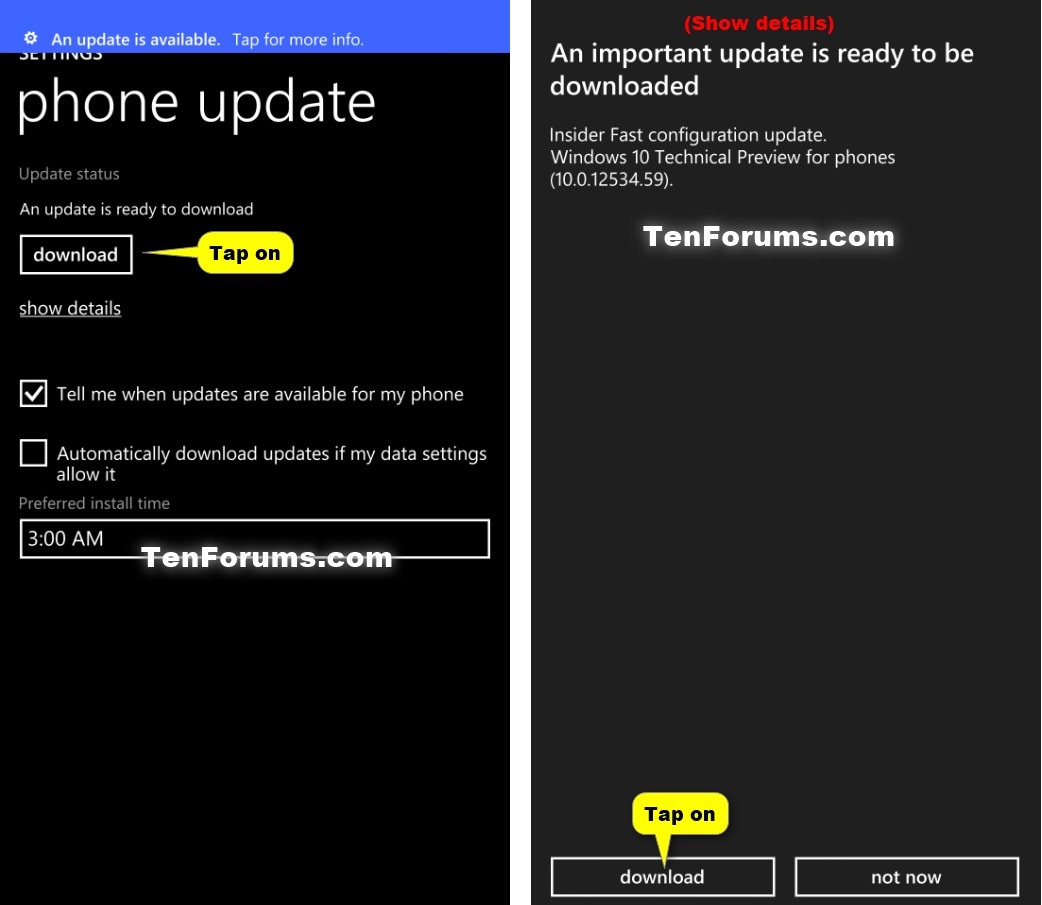
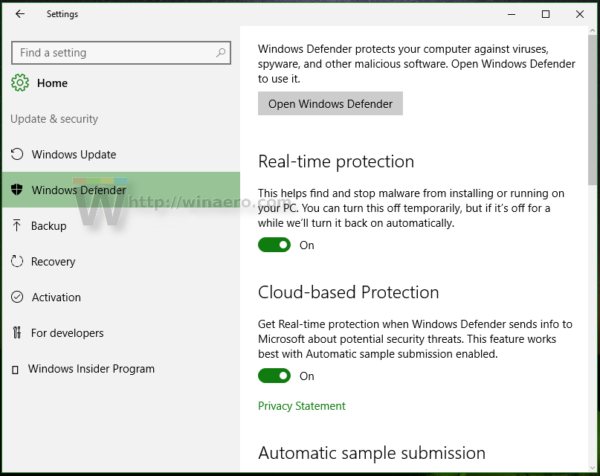







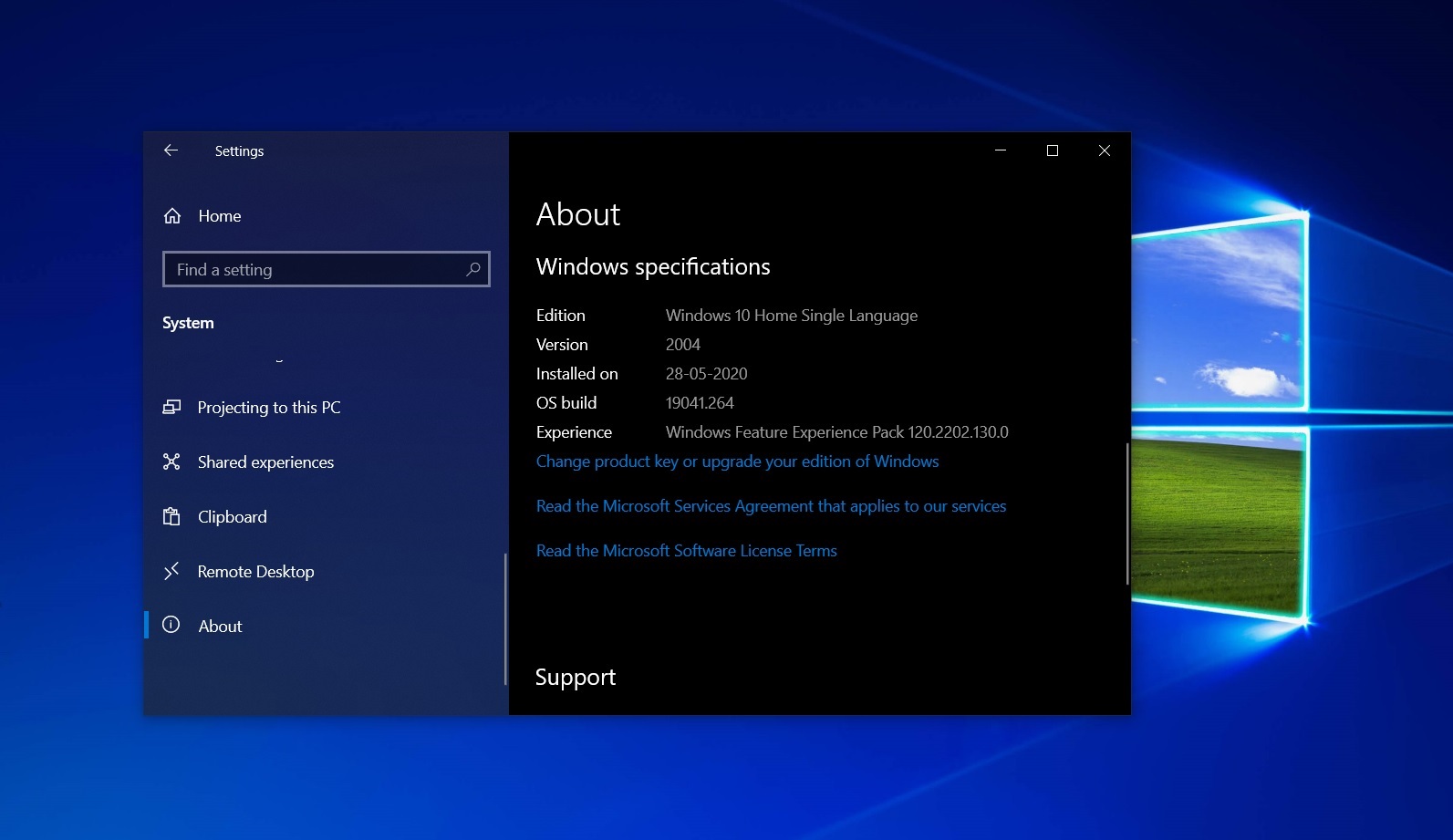
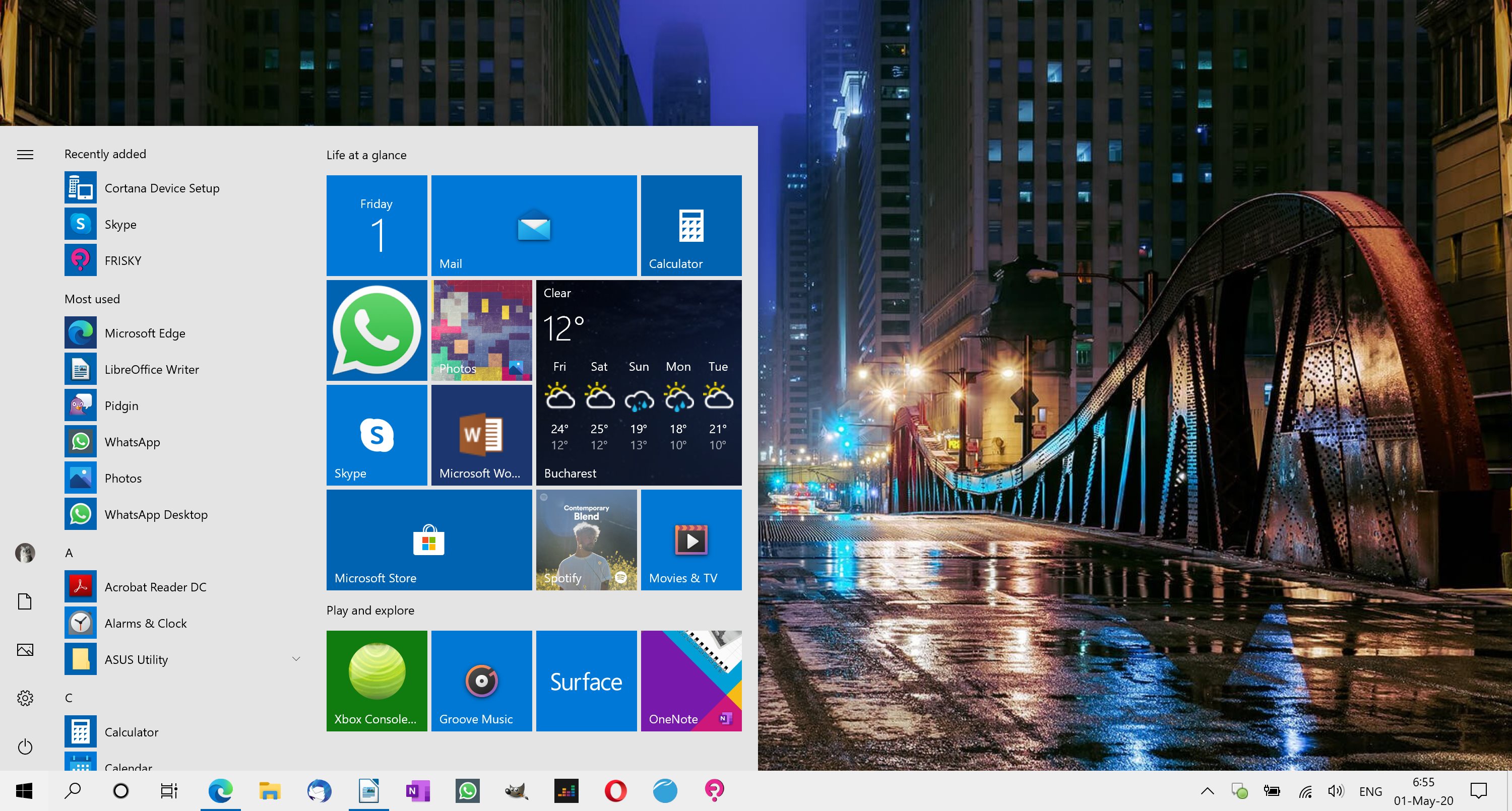






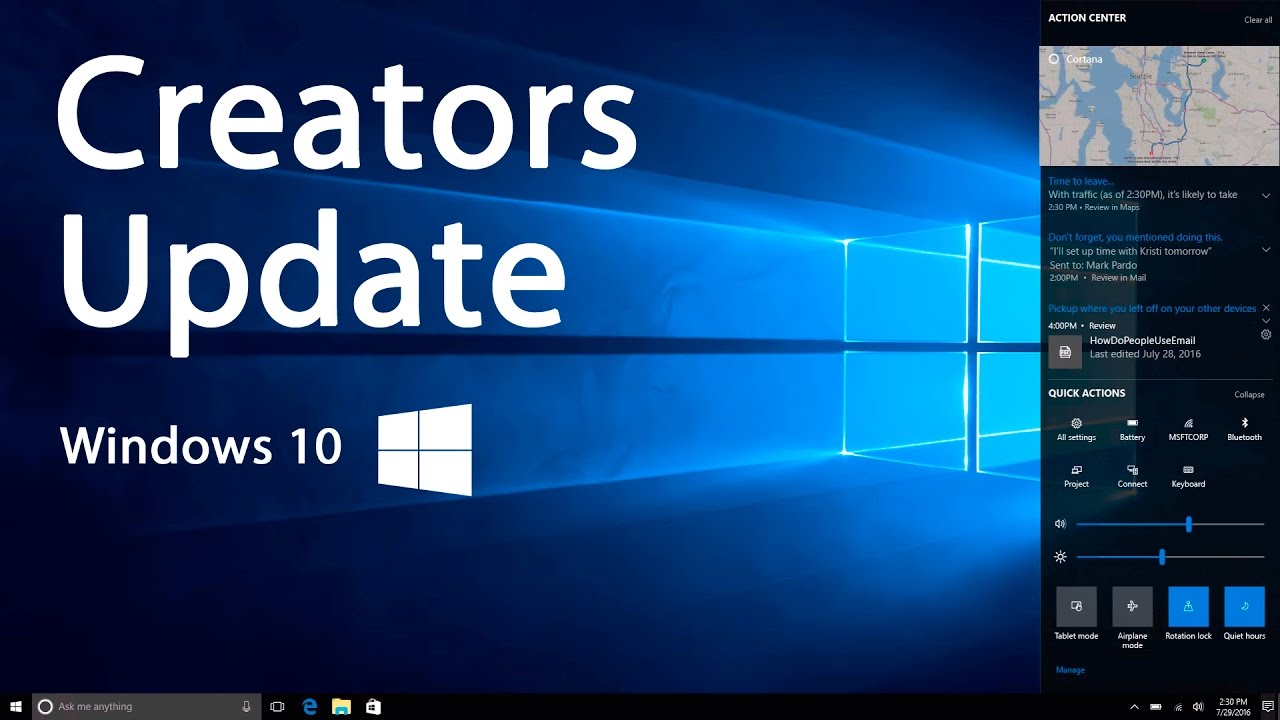



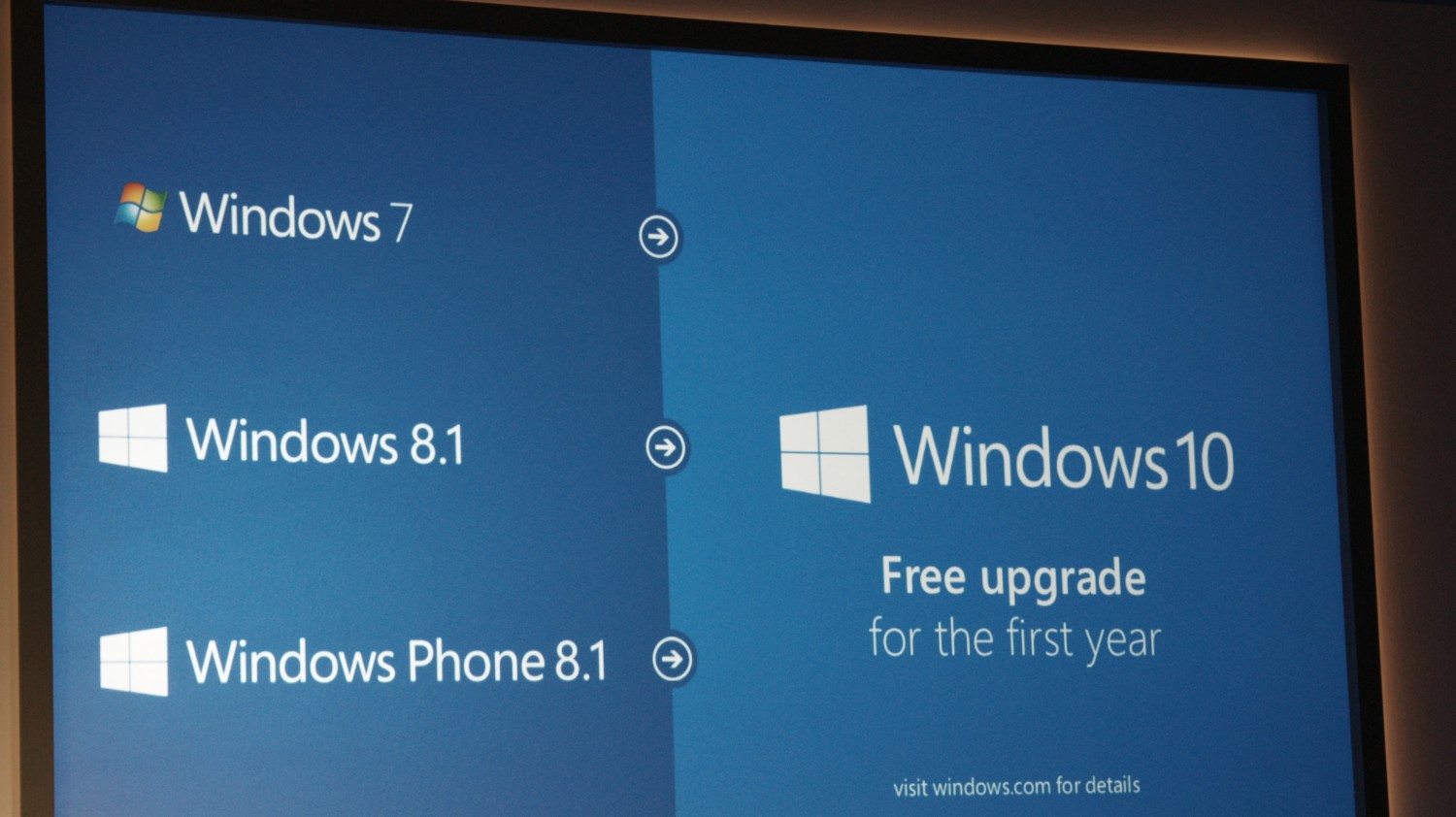


No comments:
Post a Comment
Note: Only a member of this blog may post a comment.